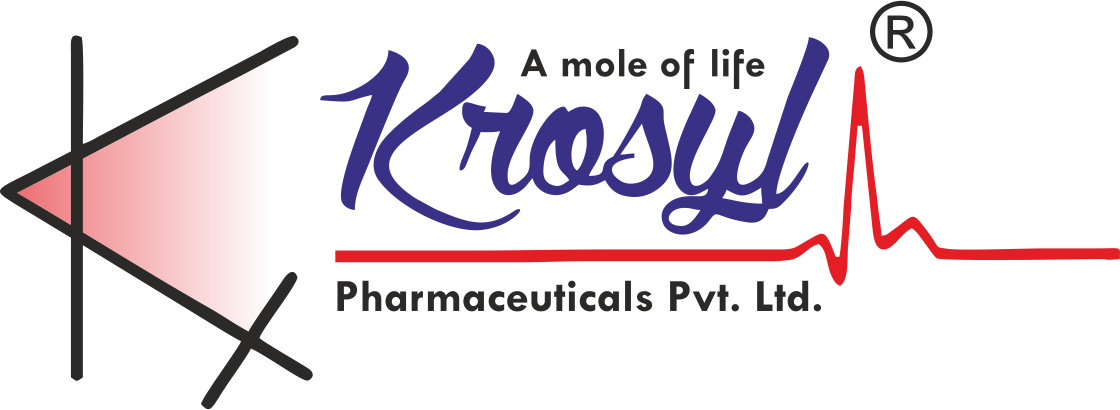
Though vaccines contribute significantly to improving world health by preventing the debilitating, and in some cases, fatal effects of infectious diseases by inducing a protective immune response against the causative agent, its success is limited, however, by the need for multiple injections, and because this costly and inconvenient regimen often leads to logistical challenges and poor patient compliance. Additionally, Due to advances in biotechnology, many future vaccines will also be peptide or protein subunits made by chemical synthesis or recombinant DNA technology. Subunit vaccines are usually very poorly immunogenic compared to whole-cell vaccines, and therefore require several boosters with standard adjuvant in order to fully vaccinate an individual. These are directly related to less patient compliance.
The concept on which tremendous research efforts has been being conducted is “Single shot target vaccine” which is a combination product of a prime component—antigen with an appropriate adjuvant—and a microsphere components that encapsulate antigen and provides the booster immunizations by controlling the release of the antigen ranging from several weeks to months long. Again, it provides a window for needless vaccination since microsphere can be made by pH dependent biodegradable polymers that allow the micro-particles to cross the low pH of stomach; consequently the high levels of protease and bile salts in intestine also open the way of oral vaccination.
Not only these, controlled release microsphere vaccine also enhance the immune response to antigen by several mechanisms in addition to the well known depot effect. Those are (1) enhance the antigen processing capacity of professional antigen presenting cells (APC’s) by target phagocytosis and direct delivery for the major histocompatibility complex (MHC) class II pathway to increase antibody production (2) also through the major histocompatibility complex (MHC) class I pathway (endogenous antigen) to initiate the cytotoxic T lymphocyte mediated immune response. The humoral immune response that is antibody production through MHC class II pathway is generally effective for protection from blood-borne pathogens and toxins, whereas a cellular immune response that is production of various types of cytotoxic lymphocytes through the major histocompatibility complex (MHC) class I pathway is thought necessary to eradicate the infected and altered[/column] cells of body due to viral infection and/or carcinoma.
Prior to preparation of microsphere, a suitable biodegradable polymer matrix have to be selected. There are number of biodegradable polymers, such as different grades o poly(lactic-co-glycolic acid) (PLGA), Lupron Depot (Leuprolide acetate in PLGA), Polyanhydrides etc. Selection of polymer is based on desire of antigen release mechanism, as PLGA base polymer release encapsulated antigen by break down into lactic acid and glycolic acid through bulk erosion whereas Polyanhydrides follow surface erosion process.
There are several methods for micro-encapsulation like emulsion evaporation, solvent displacement, chain polymerization, crosslinking, precipitation complexation, double emulsion etc. Among them, in Emulsion evaporation method, both a stabilizing agent like Eudragit 100 and antigen have been dissolved in a suitable volatile solvent separately, then mixed in desired proportion and add a suitable solubilizing agent to form nanoemulsion that will be evaporated to get nanoparticles. It is then freeze-dried. Solvent displacement method is another commercially known method where the disperse phase containing polymer, antigen and a suitable organic solvent is added to the continuous phase containing emulsifier under continuous stirring. Then water is added drop by drop to the mixture under using a rotary evaporator to displace organic solvent. The finally formed nanoparticles will encapsulate the desired antigen homogenously. The encapsulation efficiency directly depends on kinematic viscosity of polymer which is inversely related to operating temperature and directly to the concentration of polymer. The appropriate polymer combination ratio is chosen by trial and error method.
For the evaluation of the safety profile and pharmacokinetic parameters of the single-shot vaccine primarily require the selection of appropriate model animal that responds to the antigen in a similar manner to the human immune response. Then these animals will be injected with this preparation and subsequently evaluate the absorption, distribution, metabolism and toxicity of the vaccine.
